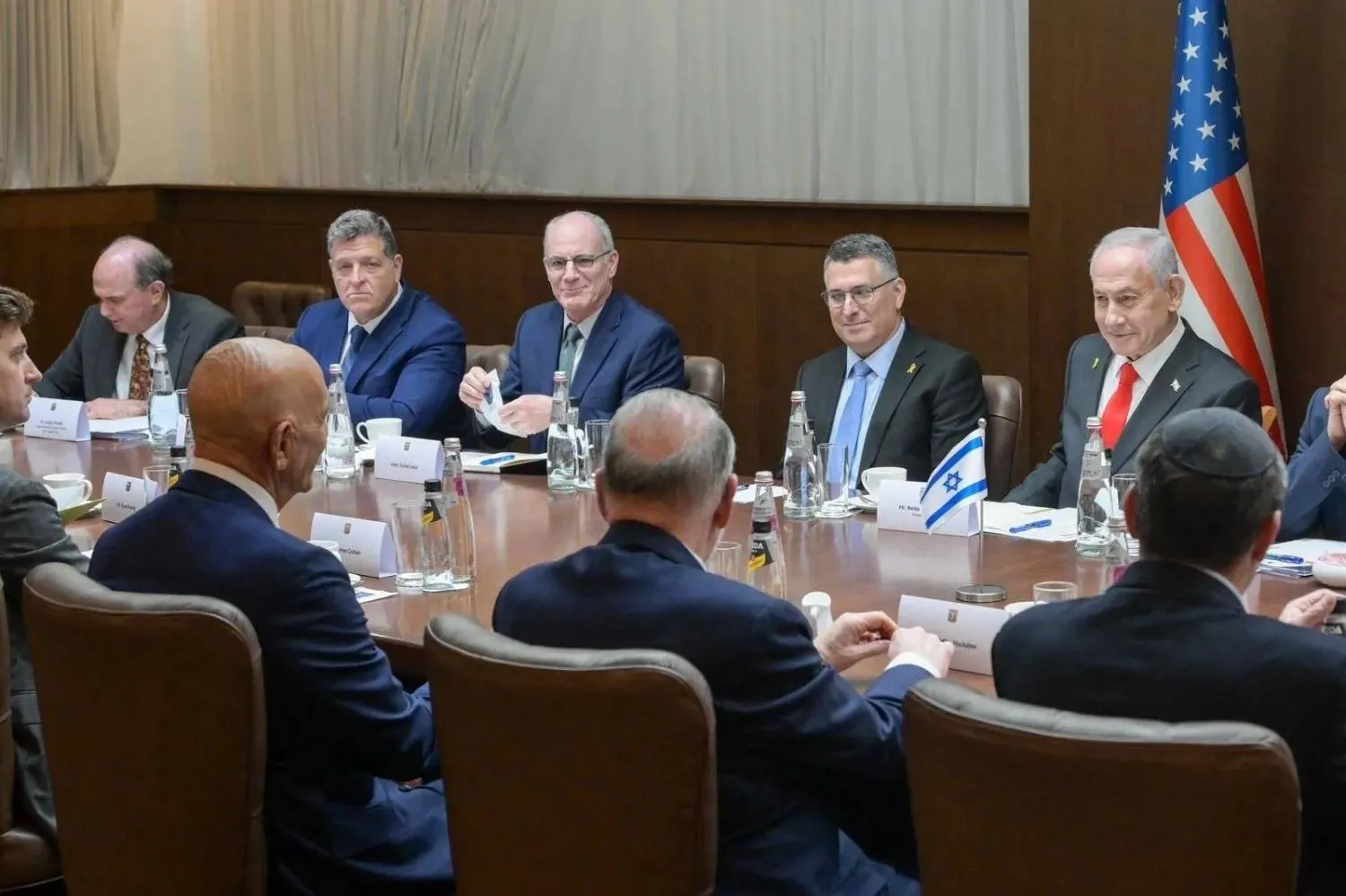The UN peacekeeping force on the Lebanon-Israel border said Monday its commander is in contact with officials in both countries over tensions regarding two tents set up by the militant Hezbollah group last month.
Israel filed a complaint with the United Nations in June claiming that Hezbollah had set up tents several dozen meters (yards) inside of Israeli territory, The Associated Press said.
The area where the tents were erected in Chebaa Farms and the Kfar Chouba hills were captured by Israel from Syria during the 1967 Mideast war and are part of Syria’s Golan Heights that Israel annexed in 1981. The Lebanese government says the area belongs to Lebanon.
Israeli media reported Sunday that Hezbollah evacuated one of the two tents but there has been no confirmation from the Iran-backed Lebanese group.
The head of the UN peacekeeping force known as UNIFIL, Maj. Gen. Aroldo Lázaro, “continues to be in direct contact with authorities on both sides of the Blue Line to resolve the situation of the tents,” UNIFIL said in a statement sent to AP. The borderline demarcated after Israel’s withdrawal from southern Lebanon in 2000 is known as the blue line.
UNIFIL added: “We are looking into reports that a tent has been moved north of the Blue Line.” UNIFIL added that any unauthorized presence or activity “near the Blue Line is a concern, and has the potential to increase tension and misunderstandings.”
The head of Hezbollah’s parliamentary bloc Mohammed Raad said Saturday that the tents are in Lebanon. He added, referring to Israel: “You cannot remove two tents because there is resistance and strong men in this country.”
Israel and Hezbollah fought to a draw in a monthlong war in Lebanon in 2006. Last week, Hezbollah said it shot down an Israel drone flying over a village in southern Lebanon. Hezbollah has in the past claimed downing Israeli drones, and Israel’s military also has said in the past that they have shot down Hezbollah drones.
Israel considers Hezbollah its most serious immediate threat, estimating it has some 150,000 rockets and missiles aimed at Israel.
UN Commander in Contact with Lebanese and Israeli Officials about Tensions over Hezbollah Tents

A Merkava battle tank is positioned on the northern border with Lebanon near the Israeli Kibbutz of Misgav Am, on June 27, 2023. (Photo by JALAA MAREY / AFP)

UN Commander in Contact with Lebanese and Israeli Officials about Tensions over Hezbollah Tents

A Merkava battle tank is positioned on the northern border with Lebanon near the Israeli Kibbutz of Misgav Am, on June 27, 2023. (Photo by JALAA MAREY / AFP)
لم تشترك بعد
انشئ حساباً خاصاً بك لتحصل على أخبار مخصصة لك ولتتمتع بخاصية حفظ المقالات وتتلقى نشراتنا البريدية المتنوعة







